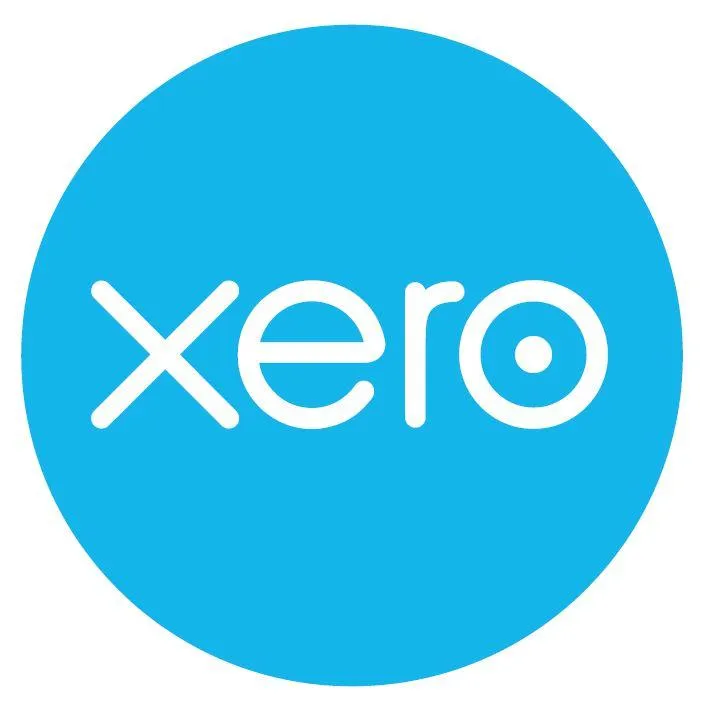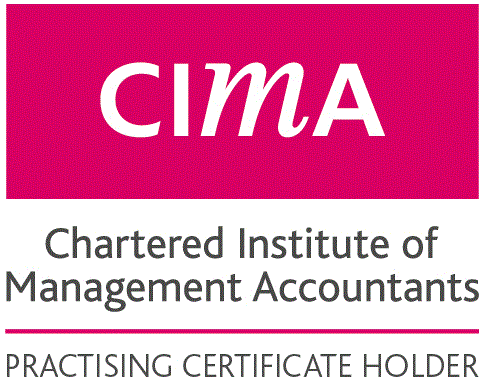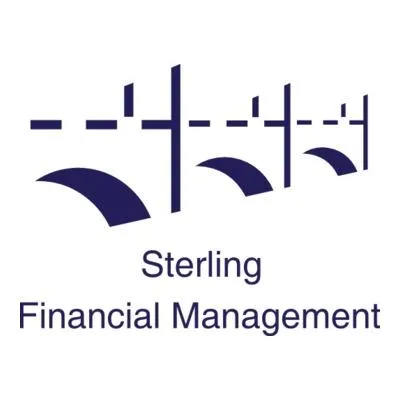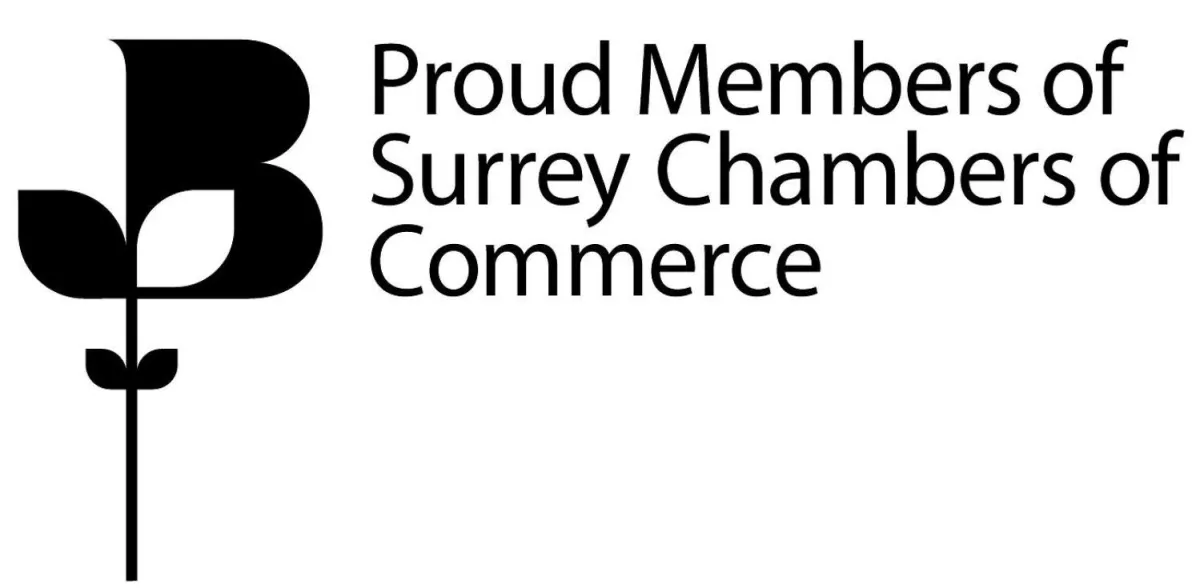

Registering & Getting Sorted with VAT for the First Time: Thresholds, Schemes, Pricing and MTD (UK Guide)
If crossing the VAT line feels like stepping into a maze, you’re not alone. This plain-English guide walks you through registering for VAT, choosing the right options, setting up your software, pricing correctly, and staying compliant without drowning in admin. You’ll finish with a clear action plan and fewer “wait…what?” moments.
1) Do you actually need to register? The VAT threshold, the 30-day rule, and voluntary registration
You must start registering for VAT when your taxable turnover (most sales that are not exempt) goes over £90,000 in any rolling 12-month period. It’s important to note that this isc rolling, not by tax year so you need to check every month. The deregistration threshold is £88,000. Both thresholds rose from 1 April 2024.
You also have to register early if you expect to exceed the threshold in the next 30 days alone (for example, a big contract you just signed). That’s known as the future turnover rule.
Non-established taxable persons (NETPs) businesses with no UK establishment, cannot use the UK threshold. If you’re an NETP making taxable supplies in the UK, you must register from the first sale.
Voluntary registration is allowed below the threshold. It can make sense if you:
Buy a lot of goods/services with VAT to reclaim.
Sell B2B to VAT-registered customers (they won’t mind your VAT, and reclaim it).
Want the “bigger business” credibility.
It’s less attractive if most of your customers are consumers, charities, or other non-VAT payers, adding VAT makes you look 20% more expensive overnight.
2) How to register (and what to expect): accounts, dates, and penalties
What you’ll need
A Government Gateway account for your business.
Business details (legal entity, addresses, bank), estimated turnover, nature of supplies, and your preferred VAT schemes (you can opt in later too).
Your effective date of registration (EDR) is the date HMRC treats you as VAT-registered. It’s usually when you crossed/exceeded the threshold (or the date you said you would exceed it in the next 30 days).
HMRC issues a VAT registration number and your VAT online account.
Missed the deadline? You’ll still be registered from the correct EDR and will owe VAT from that date plus potential penalties/interest. Meaning that registering late can be costly; don’t wait.
Deregistering later is possible if your taxable turnover drops below £88,000 or you cease trading.
3) MTD for VAT: software, digital records and e-submissions (it’s not optional)
Making Tax Digital (MTD) for VAT is already the default. All VAT-registered businesses must keep digital records and file VAT Returns using MTD-compatible software; HMRC now automatically signs up new registrants to MTD.
What this means in practice:
Keep digital records of sales and purchases (no manual copy-paste chains).
Use “digital links” between systems (spreadsheet to bridging software counts if linked correctly).
Submit returns quarterly (or monthly/annually if on those schemes) via software.
You can find approved tools on HMRC’s list of MTD-compatible software. Popular options include Xero, QuickBooks and FreeAgent.
If you require assistance setting up VAT with your compatible software, please do not hesitate to get in touch.
We suggest that, even before registering for VAT, trial your software and align your invoice templates, VAT codes and chart of accounts. It saves a scramble after your EDR.
4) Which VAT scheme fits you? (Standard, Flat Rate, Cash, Annual)
Choosing a scheme is where many first-timers overcomplicate things. Use this cheat-sheet:
A) Standard (accrual) VAT
Default method: you account for VAT on invoices issued/received.
You charge output VAT on sales and reclaim input VAT on most business purchases.
B) Flat Rate Scheme (FRS)
Available if your VAT-inclusive turnover is expected to be ≤ £150,000 (excl. VAT for eligibility calculations, per HMRC). You pay a fixed percentage of VAT-inclusive turnover; you don’t normally reclaim input VAT (except on capital assets over £2,000). Leave the scheme if you expect to exceed £230,000. Good for low-expense, service-heavy businesses like marketing agencies etc.
C) Cash Accounting Scheme
You pay VAT when customers pay you, and reclaim VAT when you pay suppliers (great for cash flow).
Join if taxable turnover is ≤ £1.35m; must leave if over £1.6m.
D) Annual Accounting Scheme
One return per year, with monthly or quarterly instalments to spread cash flow.
Eligible up to £1.35m turnover; leave over £1.6m.
If you’re registering for VAT for the first time and you’re B2B with minimal costs, FRS may be simpler (run the numbers). If you suffer slow-paying customers, Cash Accounting often helps.
5) What to charge (rates) and what to put on your invoices
UK VAT has three main rates:
Standard: 20% (most goods/services).
Reduced: 5% (e.g., some energy-saving materials, children’s car seats).
Zero-rated: 0% (e.g., most food for home consumption, children’s clothes, books in print).
Some supplies are exempt (e.g., many financial services, some education and health). Exempt is not the same as zero-rated; exempt sales can restrict your ability to reclaim VAT on costs.
Once registering for VAT, your VAT invoices must show:
Your business name/address and VAT number
Invoice date and a unique invoice number
Customer details
Description, quantity, unit price excluding VAT
VAT rate(s) and VAT amount per line or net group
Total net, VAT, and gross
MTD-compatible software will handle this formatting, but you must set it up correctly.
6) Pricing strategy: gross vs net, and how to tell customers
The moment you start charging VAT, consumer-facing prices effectively rise by up to 20% unless you hold gross prices steady (which reduces your margin). Decide early:
B2B customer base? You can usually add VAT to your net price (they reclaim it).
B2C or charities? Consider a staged price change, “VAT-inclusive” pricing, or value-based price refresh to avoid sticker shock.
Communicate early and clearly:
The date you’ll begin charging VAT
Whether your quoted prices are VAT-inclusive
Any updates to quotes, retainers, or subscription pricing
If you’re mid-contract when registering for VAT happens, check the contract: many allow you to add VAT to the agreed price when legally required. Confirm in writing.
7) Claiming pre-registration VAT (don’t leave free money on the table)
You can often reclaim VAT you paid before registration:
Goods (including assets) bought in the four years before registration and still on hand at your EDR.
Services bought in the six months before registration.
Keep invoices and proof of use for the business. Add the claim on your first VAT Return. (HMRC sets these look-back rules in VAT notices.)
8) International trade basics: imports, exports and post-Brexit realities
If you import goods, consider Postponed VAT Accounting (PVA) so you don’t pay import VAT upfront; you account for it on your VAT Return (both output and input), which helps cash flow. You’ll also need an EORI number to trade goods with the EU or globally.
If you sell digital services B2C outside the UK, the place-of-supply rules and local VAT/GST in customer countries may apply so seek advice. Sector rules exist too (e.g., Construction Domestic Reverse Charge for many building services) which change how VAT is reported and invoiced. (HMRC guidance covers sector schemes in detail.)
9) Filing, deadlines and payments (what happens after you’re registered)
Most businesses file quarterly. Your VAT Return and payment are usually due one month and 7 days after the period ends (e.g., 7 May deadline for a 31 March quarter end). MTD software prompts you.
Payment methods: Direct Debit (popular), Faster Payments, or card. Direct Debits usually collect a few days after submission; make sure funds are there.
If you regularly reclaim more VAT than you charge (e.g., exporters, start-ups buying equipment), consider monthly filing for faster refunds. (Allowed with HMRC approval.)
10) Common pitfalls (and how to avoid them)
Forgetting the rolling test: It’s any 12 months, not a calendar/tax year. Track turnover monthly.
Late registration: triggers back-dated VAT plus penalties/interest.
Wrong scheme choice: FRS can be worse if you buy lots with VAT; Cash Accounting helps if customers pay slowly.
Incorrect VAT rates: Know your product/service rate and exemptions.
No digital links: Copy-pasting figures breaks MTD rules; use linked spreadsheets or software bridges
Ignoring special rules: Construction reverse charge, margin schemes, TOMS (travel), charity reliefs
11) A simple, step-by-step checklist for your first 30 days
Week 1 – Decision & prep
1) Confirm you’ve crossed (or will cross) the £90,000 limit and work out what date you should be registered from.
2) Decide on Standard vs Flat Rate vs Cash Accounting (run two or three scenarios).
Week 2 – Register & configure
3) Start registering for VAT via your Government Gateway.
4) Configure VAT codes, invoice templates and your product/services list in software.
5) Draft customer comms about VAT-inclusive pricing and the “from” date.
Week 3 – Controls & capture
6) Switch quotes and website/POS to VAT-inclusive or VAT-exclusive as chosen.
7) Create a pre-registration stock & assets list for reclaim.
8) Set up bank rules, receipt capture and digital links (no manual re-typing).
Week 4 – Test & go live
9) Issue your first VAT invoice (even if your VAT number hasn’t arrived yet, you will still need to add VAT from your EDR, inform your customer that you are awaiting your number and that you will re-issue the invoice once it is received).
10) Reconcile first week of transactions; review VAT report for sense-check.
11) Book a monthly 30-minute review to keep VAT clean and hassle-free.
Registering for VAT doesn’t have to be painful. Decide early, pick a scheme that fits your cash flow and cost profile, get your software humming, and communicate clearly with customers. Focus on clean digital records and a monthly review habit; your quarterly returns will feel like a non-event.
If you’re still weighing registering for VAT, run side-by-side projections (Standard vs FRS vs Cash Accounting), pressure-test your pricing, and make the move before the threshold forces your hand. It’s far easier to switch calmly than to back-date VAT with penalties.

FREE DOWNLOADS
A-Z of allowable business expenses
Download your A-Z guide of allowable business expenses.
Financial Housekeeping For Your Small Business
Download your guide to Financial Housekeeping For Your Small Business - ideal for start ups and early stage businesses
How to Scale Up your Business: Tips and Strategies for Success
Download your guide to How to Scale up your Business - ideal for slightly more established businesses that want to grow and scale their business
Don't want the guide?
But do want our regular email filled with tips and insights into business and how to maximise profit and grow your business?
Click here

Ready to take the stress out of finance?

Not quite ready to commit to a long term contract ? Book a value packed Power Hour for now at £180 Inclusive of VAT.






© 2023 All Rights Reserved | Sterling Financial Management Reg No 9780783,
Accounting, Bookkeeping and Business Advisory based in Dorking Surrey RH4 2JF
Reg Office : 71-75 Shelton Street, Covent Garden, London, WC2H 9JQ